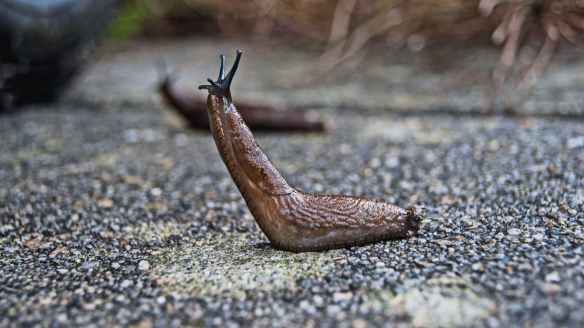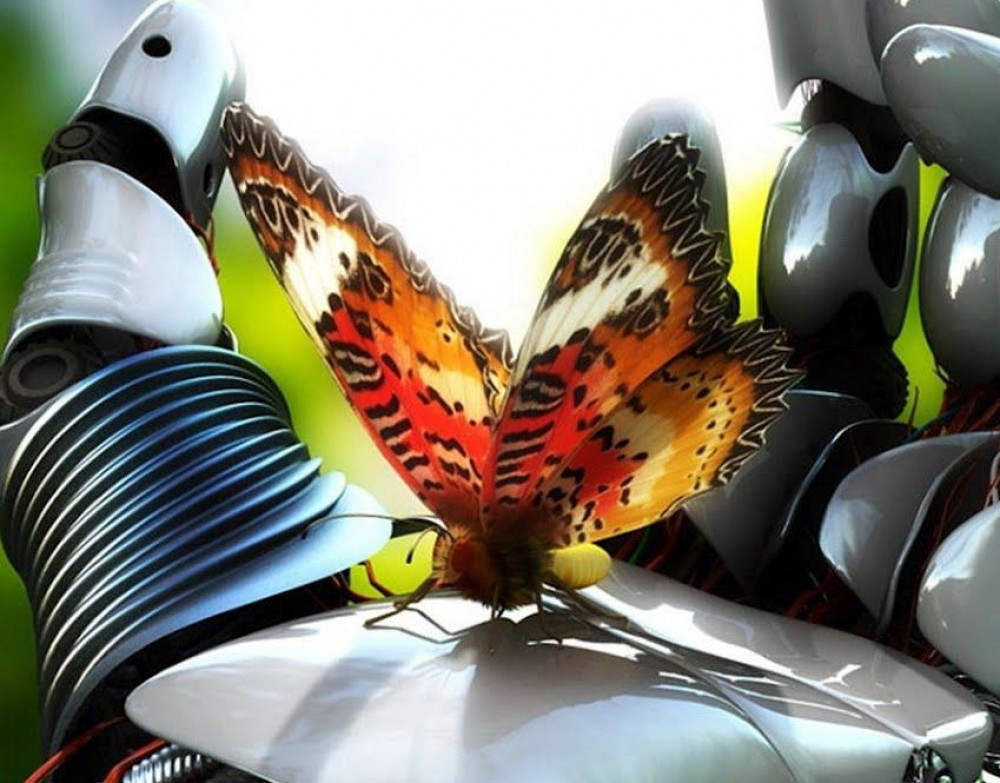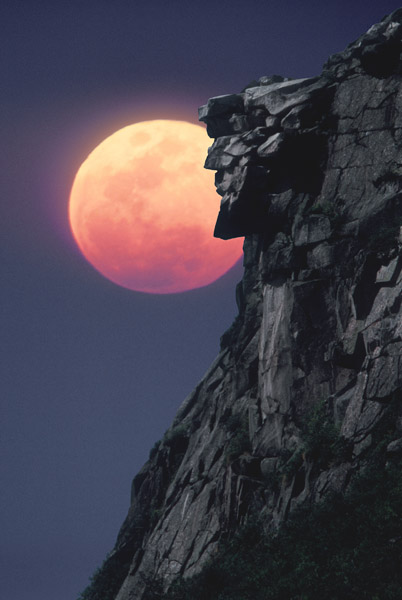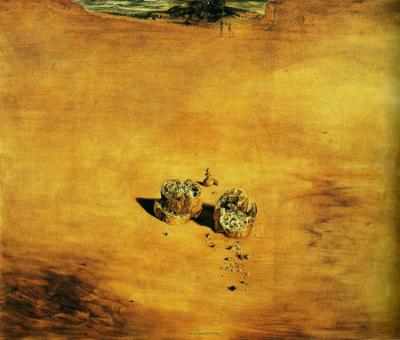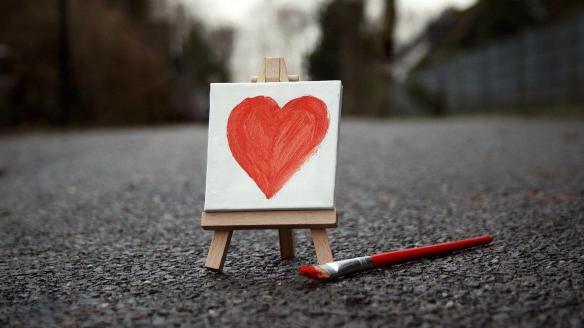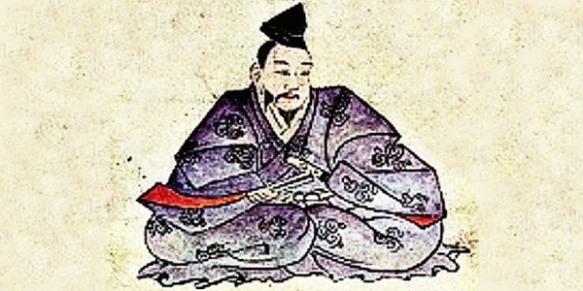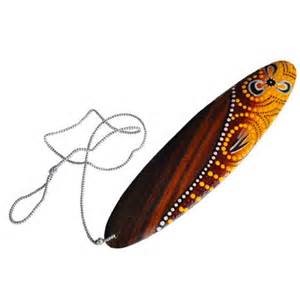ALERT: If you read this very long blog post, there’s a picture of a cute baby at the end…
ALSO: If you live in the Seattle area, the Seattle Children’s Theater is doing a production of Mwindo in January. See http://www.sct.org/Shows/2014-2015-Season/Mwindo.
The Mwindo epic is a story that is rooted in a mythological story from Zaire, which today is the Democratic Republic of the Congo. The tale would be shared around a fire with song and dance, and usually would have to be told over several nights, as the story is very long. The storyteller would be swinging a conga (flyswatter) and wearing ankle bells. Sometimes in this culture, the name “Mwindo” is given to a boy who is born after many girls. I’ll just lay the story on you and then comment. Apologies to any Mwindo fans out there; I’ve had to shorten the story considerably, and have taken liberties with the translation of the refrain of the poem.
Here’s a very Europeanized vision of Mwindo with his conga:

In a village called Tubondo there was a great chief named Shemwindo. One day he called together his seven wives and the rest of his people. Shemwindo made a very frightening proclamation: he said that he would only have daughters, and that if any sons were born, he would kill them. You see, Shemwindo didn’t want his power to be threatened, and therefore he could not afford to lose any of his money; or so he believed. He said, “When a daughter is married, her father receives a bride-price. But when a son is married a father must pay a price for his son’s bride. So I want no sons!”
As Shemwindo’s wives started having children, they were all daughters. Then it was learned, that Shemwindo’s favorite wife, whose baby was not coming, was pregnant with a boy. Mwindo, in his mother’s belly, said to himself, “When I am ready, I will not be like other babies! I will come out of my mother’s navel, and dance around with a conga.” One day, Mwindo burst forth from his mother’s navel, swinging about his conga made from fine wood and the tail of a buffalo. Mwindo’s mother cried out in fear as the baby danced around the room, singing,
I am Mwindo,
the one born walking
the one born talking.
My father does not want me,
And wishes to kill me.
But he can do nothing against me;
I am small, but mighty!
Shemwindo, hearing the ruckus, came running and was very angry. Did he not say that there were to be no sons? Did he not say he would try to destroy any son who was born to one of his wives?
Shemwindo threw a spear at the child, and Mwindo waved his conga. The spear fell to the ground, and Mwindo picked it up and broke it in two. Shemwindo cried out, “What kind of child is this?” And Mwindo cried,
I am Mwindo,
the one born walking,
the one born talking.
Father, what can you do against me?
I am small, but mighty!
Now the chief, Shemwindo, was very angry. He called to his counselors, “My wife has given birth to a son! I cannot spear him, but I want him buried. Dig a grave and put him in it.” Sadly, the chief’s counselors dug a hole, put Mwindo in the hole, and filled it with dirt. They could not go against the chief. Then everyone went to sleep.
When Shemwindo awoke the next morning, he heard a song being sung.
I am Mwindo,
the one born walking,
the one born talking.
My father tried to bury me,
but what can he do against me?
I am small, but mighty!
Shemwindo ran out to find the child on his mother’s lap. Even she was perplexed by this strange child. Shemwindo, though, would not be discouraged. Next, he wanted to try to get rid of Mwindo by putting him in a drum and floating him downriver. When his orders were carried out, the chief was astounded to see that the drum holding Mwindo did not move! It just stayed where it was, and from inside, Mwindo sang
I am Mwindo,
the one born walking,
the one born talking.
Oh, my father, why do you send me downriver?
Mwindo will go where he wants to go.
Mwindo will go upriver to my father’s sister,
my aunt Iyangura will want me.
I am Mwindo, and I am small, but mighty!
So Mwindo used his magic to float in his drum-boat to his aunt’s village, where he was welcomed. When his aunt’s servants told her of a singing drum down by the river, she raced to the place and cut open the drum. There she saw Mwindo, singing and waving his conga. His aunt couldn’t help but admire how handsome and powerful he was…he shone like the sun, even though he was just a baby. The aunt lovingly raised Mwindo.
When Mwindo was grown, he told his aunt that it was time for him to go and face his father. But his aunt was worried: “He’s a very great chief, with many men to fight with him!” cried Iyangura. But Mwindo brandished his conga, and sang,
I am Mwindo,
the one born walking,
the one born talking.
My father did not want me,
and tried to kill me.
Now he will face me.
After his aunt gave him more powers and a great feast, Mwindo went back to his father’s village, and confronted his father and the men of Tubondo. Easily, Mwindo defeated them by waving his conga; all of their spears bounced of his body and fell to the ground, and everyone in the village stood in awe of Mwindo. Mwindo sang and danced and waved his conga, calling,
O Lightening, look here.
O Lightening, be the judge.
Is my father right?
O Lightning, send your bolt.
Show who’s right,
show who’s wrong.
With that, a lightening bolt flashed from the sky and all of Shemwindo’s men fell dead. All in the village stood in awe. Mwindo then awoke all of the slain men, and called out, “Where is my father?” and there was only silence. Afraid to face his son, Shemwindo had run into the rainforest and found a kikoka plant, tore it out of the ground, and jumped through the hole into the underground world where the gods lived. Mwindo knew he must follow. This land was the land of Nyamurairi and had no sun or stars. Iyangura said, “Mwindo, you must not go! No one can go to the land of the dead and return to the land of the living!” But Mwindo sang,
I am Mwindo,
the one born walking,
the one born talking.
My father goes to the gods.
Mwindo goes there too.
Mwindo goes where he wants to go.
The son will find his father.
Beneath the earth, Mwindo came upon Kahindo, the daughter of the chief god. She was very impressed by Mwindo, and he was equally impressed by her. Kahindo asked him, “Why have you come to the land of the gods? No one can return from this land; only the dead can come here.”
Mwindo said, “I have come to take my father home. I must succeed…can you help me?”
Kahindo wanted to help this handsome man, so she warned Mwindo that her father would try to trick him. She said, “He will offer you beer and porridge, but you must say, “Shall I eat food and drink that has passed through my host?’ Say these things and you will be safe.” When Mwindo got to the house of Nyamurairi, the chief, the god told him that neither he nor his father could return to the land above ground. Mwindo sang and danced,
I am Mwindo,
the one born walking,
the one born talking.
O god of fire,
even you cannot stop me.
O god of death,
even you cannot hold me.
Mwindo goes where he wants to go.
Nyamurairi tried to trick Mwindo into eating and drinking, and when that didn’t work, he tried to give Mwindo some impossible tasks to do. First, he told Mwindo if he wanted to take his father safely home, he would have to grow an entire banana grove the next day. All the chief gave him was a knife, and axe, and some banana shoots. Mwindo used his conga to create a banana grove in one day, got honey from a tree, and foiled Nyamurairi’s attempt to kill him with a magic belt.
Nyamurairi had fallen to the ground, killed by his own cursed belt. As Mwindo danced, singing his victory song, Kahindo approached and saw her father lying in the dust. “Oh, Mwindo!” she cried,” You came to bring home your father, but now my father is dead!” Mwindo was sad, and swatted Nyamurairi with his conga. Amazed by his powers, Nyamurairi allowed Mwindo to leave the land of the dead, and return to the land of the living with his father.
Mwindo caught his father running from the gods’ village. His father ran fast, but Mwindo ran faster. Mwindo caught his father.
“Will you kill me?” cried Shemwindo.
“No, I will not,” replied Mwindo.
“Will you hurt me?” Shemwindo asked.
“No, I will not,” replied Mwindo.
“Then what do you want with me?” asked Shemwindo.
Mwindo said: “A father cannot be a father without a son, and a son cannot be a son without a father. You must be my father, so I can be your son.” And finally, Mwindo danced and sang and waved his conga,
I am Mwindo,
the one born walking,
the one born talking.
O my father, you did not want me.
But how could you escape me?
The son found his father.
The father faced his son.
Now you are truly my father.
Now I am truly your son.
Shemwindo was amazed at how wise the young Mwindo was. He said, “Of course, Great Mwindo! I will be your father, and you will be my son!” And Mwindo sang his song. Back at the village, Shemwindo spoke to his people. “This I have learned: A man must not value only a daughter or only a son. Each is a blessing of its own.” And when Shemwindo grew old and died, Mwindo became chief. He was very famous and to this day, everyone tells the story of the one born walking, the one born talking. The mighty Mwindo!
**********
OK, that was long, so I’ll keep this short. I love this story. It has all of the characteristics of the world’s great epics: a personal journey, tales of bravery and wit, a journey of importance, and a resolution the reunites and gives hope. Perfect. I love that the story turns the value of one’s children into something outside of the world; “children” and “cost” should not be spoken in the same sentence. They are a piece of you, irretrievably tied to you, yet so powerful and separate in their own rights. And size does not denote how powerful you are. Also, the village should not be fearful of speaking up. In the end, we all have to go to a dark place, in order to rise again. We are all magic. And we are all part of a cycle of life and death that makes each of us weak and great.
Also, flyswatters are cool.

For Ruby Amelia, the fifth daughter of my dear friend. May you always understand your worth as a woman, inspire unity in your family, and embrace life in the “village” of those who love you. You came into this world later and wiser than we could have imagined. And, like Mwindo, you went where you wanted, when you wanted! Unlike Mwindo, your parents will have to pay for your wedding.
